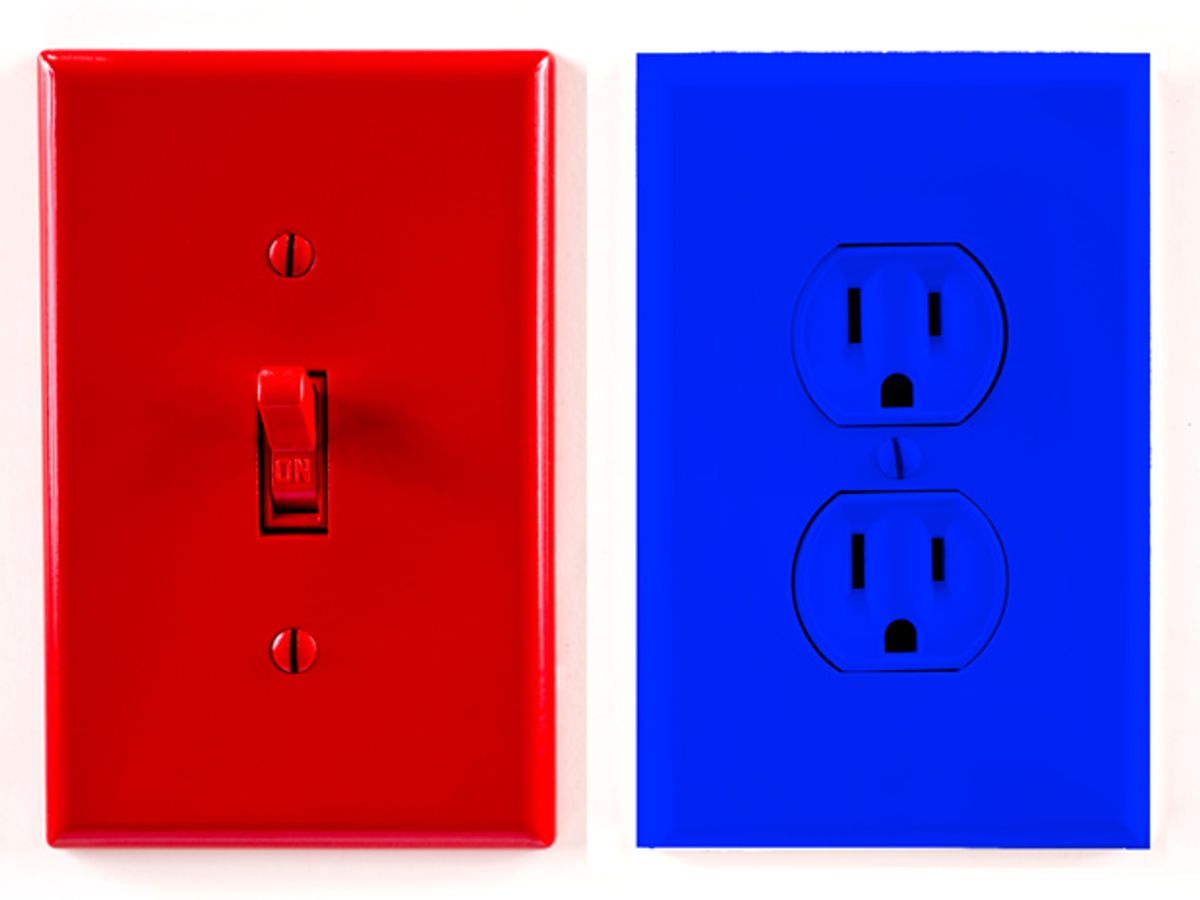The U.S. economy has grown 8 percent since 2007, but the annualized electricity demand growth has been zero over that same period. That’s the first time in recent memory that U.S. energy use remained flat over multiyear span during which the economy expanded.
The third annual Sustainable Energy in America fact book from Bloomberg New Energy Finance found that electricity demand growth, which has slowed since 1990, has come to a grinding halt.
“There has been an outright decoupling between electricity growth and economic growth,” the report states. Furthermore, it notes, the U.S. economy has become less energy-intensive.
Although the trend has been going on for nearly a decade, the slowdown or rollback of energy efficiency policies, especially at the state government level, could mean the flat line representing electricity use will start to creep back up in the coming years.
Commercial facilities have led the move towards efficiency. Many cities and states have started establishing policies for commercial building energy benchmarking, a requirement that has been in place in many European cities for years. Building codes are also being updated; 10 states adopted more stringent building codes in 2014.
Efficiency measures in public buildings, including federal facilities, have also become considerably more commonplace in recent years. Many of the states and cities that require energy benchmarking are leading by example and benchmarking their own building stocks, while also looking at the reduction of energy expenditures as a way to cut costs. In 2013, the U.S. government’s energy consumption was at the lowest level it had been since 1975, when record keeping began.
In homes, appliances and consumer electronics are becoming increasingly energy efficient. Those gains, however, are largely offset by the fact that there are more devices overall. Instead of home energy use being substantially lower, it is just stagnant.
In many ways, the United States is playing catch up with Western Europe, which has long had more stringent energy efficiency standards. The demand forecast for the EU-27 is estimated to grow only slightly, at about 0.5 percent per year, through 2020, according to EURELECTRIC [PDF], an electricity industry group. Countries such as Estonia and the Czech Republic will drive most of that growth, whereas demand will be relatively flat in countries such as Italy and Sweden.
For the United States to continue its downward trend, the adoption of stronger energy efficiency standards and building codes must become even more widespread—especially into the South, where progress has lagged.
Much of the future progress could hinge on the U.S. Environmental Protection Agency’s Clean Power Plan, which will regulate emissions from existing power plants. For many states, meeting the targets will require strengthening energy efficiency policies, both for power plants and down throughout the system to homes and businesses.



